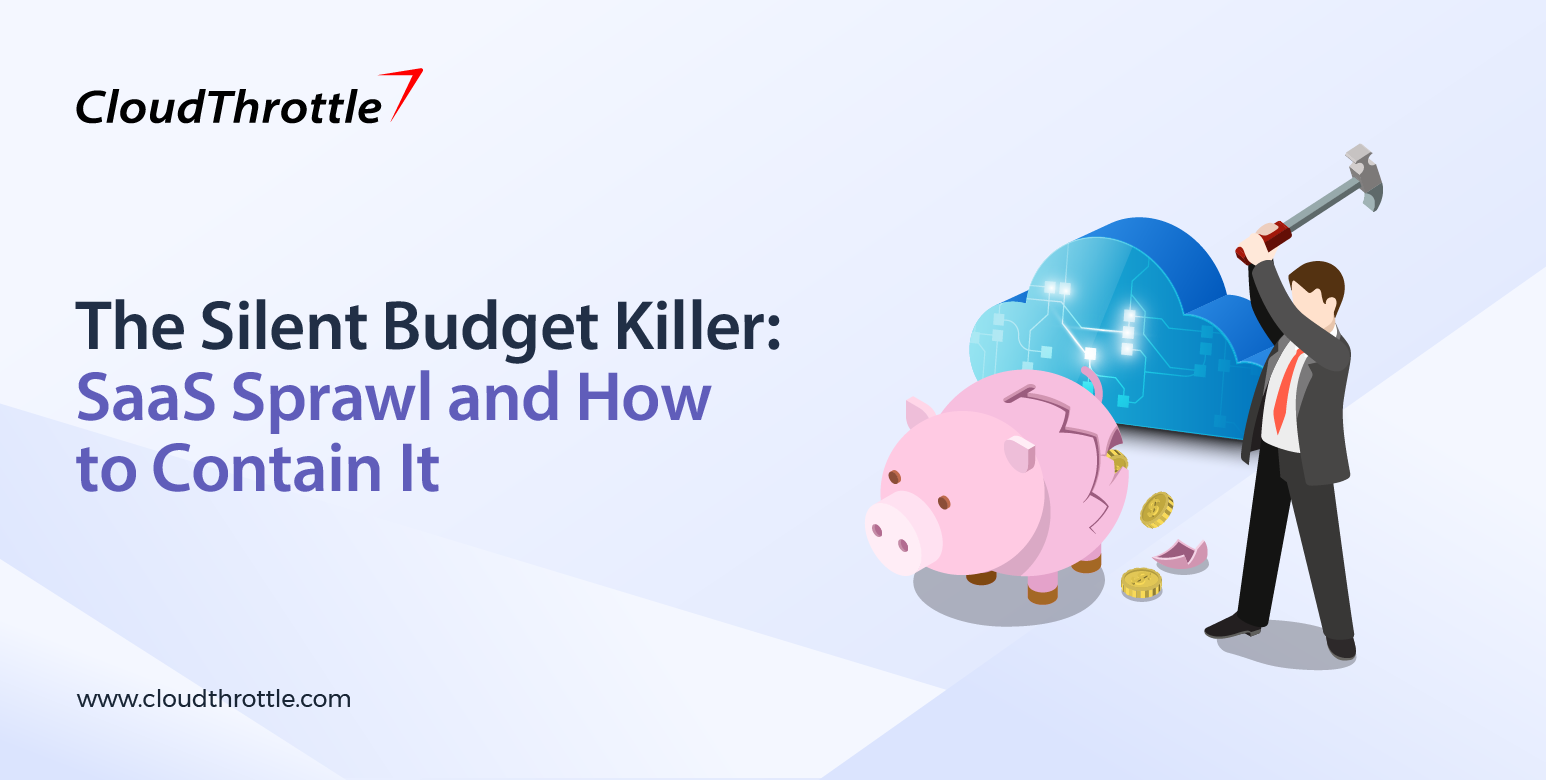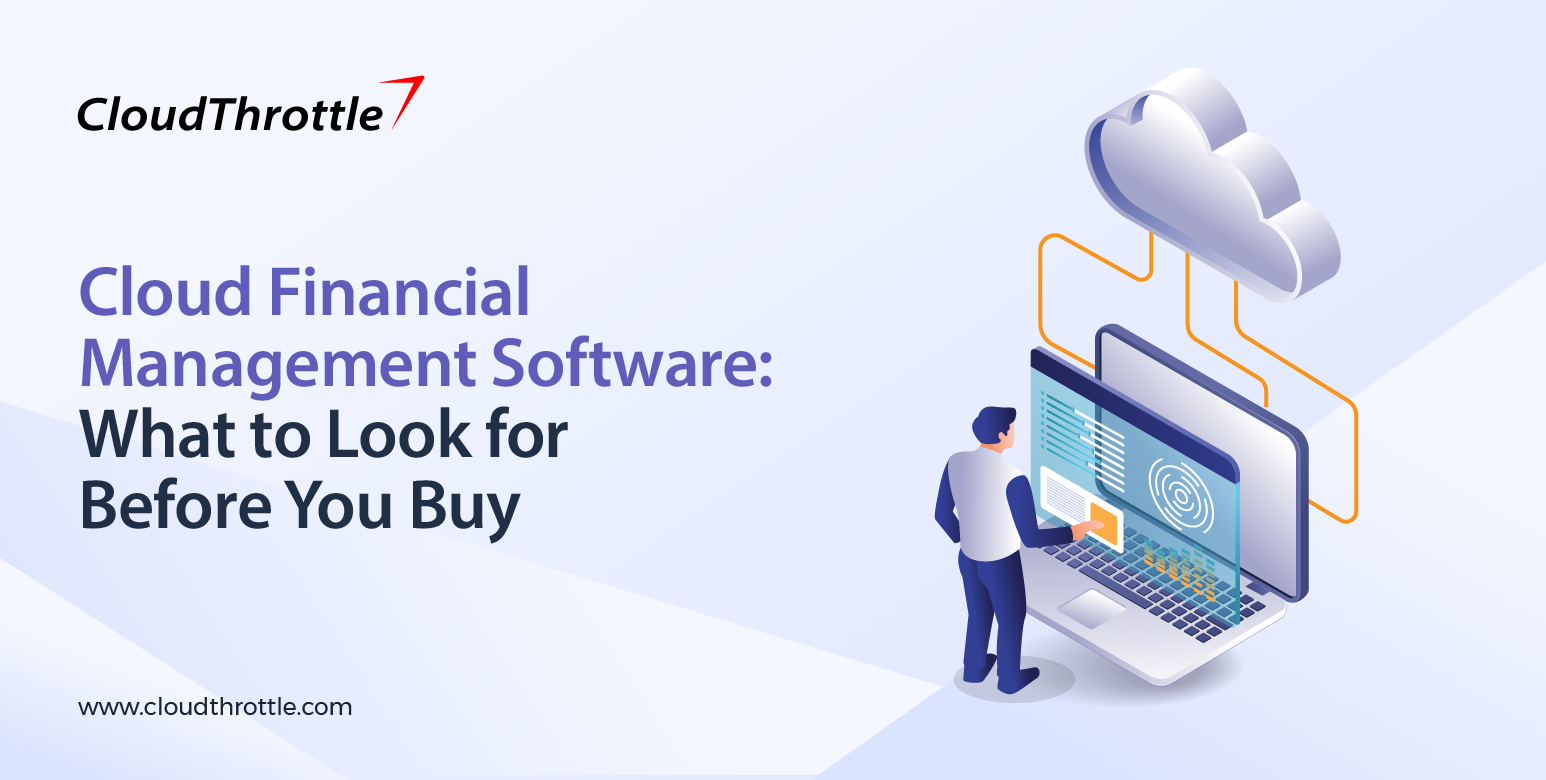Organizations now use an average of 130+ SaaS applications, yet nearly 30% go unused. This silent sprawl drains operational budgets and introduces security, compliance, and visibility challenges. While SaaS tools drive productivity, the lack of structured oversight leads to unpredictable and uncontrolled spend. As companies adopt more tools to serve increasingly specialized workflows, the line between necessary enablement and unmonitored excess becomes difficult to draw.
What begins as decentralization for speed and autonomy often results in fragmented spend, overlapping licenses, and renewal cycles that bypass strategic review. The issue is not tool adoption; it is unmanaged growth that creates hidden financial inefficiencies and weakens overall accountability.
This blog explains how SaaS proliferation escapes budget scrutiny and offers practical strategies to restore control without slowing innovation.
How SaaS Sprawl Begins Quietly but Expands Quickly?
Unrestricted Access Fuels Fragmentation
Most SaaS adoption begins with good intentions. A design team needs a prototyping tool. A sales manager signs up for a CRM plugin. A remote team subscribes to a collaboration platform. Each transaction seems minor. Procurement oversight is often skipped, especially with low monthly commitments that do not require approval.
Over time, these small decisions multiply. Marketing signs up for campaign tools. HR adopts survey platforms. Product managers explore user testing solutions. Within months, dozens of contracts emerge with no shared visibility, policy, or accountability. Shadow IT grows quietly, budgeting becomes reactive, and renewals are missed or automatic. Finance loses the ability to forecast or validate allocations.
Departmental Ownership Reduces Central Oversight
In decentralized models, SaaS applications are purchased and managed by individual departments. This structure mirrors how teams operate but weakens financial alignment. A team may hold a license for project tracking. Another may use a similar tool for the same function. Overlapping usage leads to redundancy that goes unnoticed. Without centralized contract tracking or usage analytics, SaaS budget control weakens and wastage increases.
Each team optimizes for speed rather than scale. Contracts are signed without discount negotiation or standard legal review. Vendor relationships become shallow. Finance gets involved only when expenses spike or security issues emerge. The outcome is rising SaaS cost management complexity and unclear accountability.
Why Does SaaS Sprawl Undermine SaaS Budget Control?
Below are the major ways unmonitored SaaS growth weakens SaaS budget control structures:
License Utilization Drops Without Visibility
Many licenses are purchased with high expectations. User adoption starts strong but slows over time. New tools get added while old ones remain active. Departments may not track user login rates or feature usage. Inactive users remain on plans. Auto-renewals continue. Without regular audits, licenses remain assigned long after their usefulness ends.
Finance may see monthly charges but lacks context. Operations teams may assume someone else is using the license. In the absence of centralized reporting, utilization rarely aligns with cost. Silent waste persists quarter after quarter.
Redundant Tools Inflate Budget Without Added Value
Duplicate functionality often exists across departments. Two business units may use different document signing platforms. Another pair may rely on different learning management systems. Each department justifies its choice. But the broader cost is hidden.
Standardization efforts stall due to a lack of data or internal resistance. Without visibility into what exists and how it performs, organizations continue to pay for similar features across multiple tools. This directly opposes SaaS spend optimization and increases operational complexity.
Automatic Renewals Bypass Strategic Review
Many SaaS vendors use recurring billing models. Once a license is in place, renewals are processed automatically unless explicitly cancelled. If no one tracks usage, these renewals go unnoticed. Finance reviews expense reports but cannot validate necessity.
Procurement does not intervene unless the cost exceeds a defined threshold. Lower-tier contracts, often under departmental control, fly below that radar. Annual subscriptions renew at the same tier despite declining adoption. Strategic reviews get skipped, and spend grows without scrutiny.
Disconnected Procurement Weakens Negotiation Power
When each team signs its own vendor contract, the organization loses collective leverage. Enterprise pricing tiers remain unused. Volume discounts are missed. Legal teams must review multiple contracts for similar tools, increasing compliance risk.
Procurement teams cannot negotiate better terms when they do not even know which teams use which tools. Fragmented purchasing also increases vendor sprawl. Some vendors offer overlapping features, yet teams continue to expand their own portfolios.
Compliance and Security Risks Compound with Growth
Shadow IT becomes inevitable when SaaS adoption lacks oversight. Tools may store sensitive data outside approved regions or lack encryption controls. Without a clear inventory, IT teams cannot enforce security standards or respond to audits. SaaS sprawl then becomes not only a cost issue but a compliance and operational risk.
The Financial Implications of SaaS Sprawl
Here are key financial dimensions that highlight why controlling SaaS is essential for modern cost discipline and SaaS cost management:
Predictability Decreases as Contracts Multiply
When SaaS costs are distributed across dozens of departments and platforms, forecasting becomes guesswork. Finance receives fragmented expense data across different billing cycles and contract terms. Month-to-month variance grows, and actuals consistently drift from forecasts.
Organizations operating across regions or business units face additional complexity. Exchange rates, billing models, and usage-based pricing fluctuate independently. The combined result is budget instability and forecasting inaccuracy.
True Cost per Employee Rises Without Tracking
Organizations may track employee headcount but rarely track per-user SaaS spend. In growing companies, this metric can drift quickly. Each department adds its own stack. Some employees receive multiple licenses for similar functions. Without a per-user model, SaaS budgets grow disconnected from efficiency.
HR, finance, and IT struggle to coordinate onboarding and offboarding. Departed employees retain licenses. New hires receive inconsistent access. No shared process exists to map employee lifecycle to SaaS provisioning. As a result, SaaS spend optimization becomes reactive rather than proactive.
Cash Flow Gets Hit by Annual Upfront Charges
Some teams commit to annual subscriptions upfront. These payments distort cash flow planning and reduce financial flexibility. Without tracking when renewals hit or what terms were signed, finance cannot balance spend with fiscal objectives.
Some vendors apply annual true-ups based on usage tiers. If that growth is not monitored, the true-up bill surprises teams. Budget overages must then be absorbed or shifted, creating internal tension and planning gaps.
Steps to Control SaaS Sprawl Without Slowing Teams Down
The following are structured ways to restore SaaS budget control while supporting innovation and team autonomy:
Build a Centralized SaaS Inventory
The first requirement for managing SaaS spend is a complete inventory. This includes vendor names, subscription tiers, assigned users, contract terms, renewal dates, and billing frequency. This data must remain current. New tools should be logged as soon as they are adopted. Dormant tools must be flagged for review.
IT and procurement should own the system of record. This ensures alignment across finance, security, and compliance. When inventory data is linked to real-time usage insights, decisions become clearer and more defensible. Renewal reviews become data-driven rather than assumption-based.
Standardize Procurement for Selected Categories
Certain tool categories, such as CRM, marketing automation, or HR platforms, benefit from standardization. Finance and operations teams can designate preferred vendors and negotiate enterprise-wide contracts. New requests in these categories should go through review.
Standardization does not mean limiting choice in all areas. Innovation tools, analytics platforms, or design software may remain flexible. But high-cost or compliance-sensitive categories should be aligned centrally.
Implement Renewal Alerts and Review Triggers
Automated renewal reminders help finance and procurement review contracts before they auto-renew. These reminders should trigger 60 to 90 days in advance, allowing time for performance reviews, pricing comparisons, and negotiation.
Each renewal should be validated against current usage metrics and business value. Downgrades, cancellations, or vendor changes must be considered. If adoption has dropped, savings can be realized through lower tiers or alternate solutions.
Build Onboarding and Offboarding Automation
Access to SaaS tools should be mapped to employee roles. When an employee joins, they receive only the tools required. When they exit, access is revoked immediately. Automating this workflow through identity and access management systems reduces waste.
HR, IT, and team leads must coordinate so SaaS tools reflect actual team structure. This not only improves cost control but strengthens data security and compliance.
Encourage Usage Reviews at Team Level
Teams should receive usage data for the tools they manage. Dashboards can highlight adoption trends, inactive users, and spend patterns. When teams see actual metrics, they become more thoughtful about renewals and upgrades.
Making usage data part of regular team reviews reinforces ownership. It also builds awareness that SaaS usage has budget consequences. Teams that improve efficiency can reallocate budget to higher-impact, strategic tools.
Role of SaaS Management Tools in Spend Optimization
Below are capabilities that make SaaS management tools essential in maintaining visibility and enabling effective SaaS spend optimization:
Automated Discovery of Tools Across Environments
SaaS management tools connect to expense data, SSO logs, and browser usage to detect all applications in use. This helps surface shadow IT and unmanaged subscriptions. These tools identify duplicate platforms and allow cost-benefit comparison of similar tools based on cost and usage.
License Utilization Analytics for Right-Sizing
These tools track user logins and feature usage. Teams can then right-size licenses, downgrade tiers, or eliminate unused seats. Finance can model spend reduction scenarios using historical usage patterns. This turns license audits from one-time projects into automated, continuous optimization cycles.
Renewal Calendar and Contract Repository
SaaS management platforms maintain a centralized contract database with renewal dates and key terms. Alerts ensure that no renewal passes without review. Teams can store negotiation notes, pricing history, and vendor scorecards to support decision-making over time.
Integration With Finance and Procurement Systems
Best-in-class platforms integrate with ERP, procurement, and HR systems. This allows spend data to flow into budget reports. Onboarding workflows can trigger license assignment. Procurement can track contract performance against savings targets. This integration strengthens the bridge between procurement processes and financial outcomes.
Spend Benchmarking Across Departments
SaaS management platforms offer benchmarking dashboards. Teams can compare spend per user, adoption rates, and renewal costs. This enables performance visibility and fosters accountability across teams. Departments that lag can identify high-performing peers and adopt best practices.
Creating a Culture of SaaS Financial Accountability
Here are practical ways to embed sustainable SaaS cost management and cross-functional accountability:
Assign SaaS Owners Within Departments
Each team should appoint a SaaS owner responsible for reviewing tool usage, validating renewals, and coordinating with finance. This owner does not need to be technical but must be actively involved with day-to-day workflows. Their insights drive smarter decisions and better budget alignment.
Make SaaS Part of Budget Reviews
SaaS spend should be reviewed alongside other operational expenses. Budget meetings should include analysis of renewals, usage trends, and optimization plans. SaaS becomes a visible line item with defined performance goals.
Set Efficiency Targets Rather Than Spend Caps
Blanket budget cuts rarely improve outcomes. Instead, departments should target license utilization rates, per-user cost, or contract consolidation. These goals promote strategic adjustments rather than arbitrary reductions. Teams become empowered to improve outcomes without sacrificing effectiveness.
Communicate the Cost of Inaction
Leadership must communicate the consequences of inaction. Unchecked SaaS growth affects not just budgets but also security posture, compliance status, and operational agility. When teams understand the broader cost, they are more likely to act.
Final Thoughts
SaaS tools deliver immense value, but that value erodes when growth outpaces oversight. Fragmented ownership, weak visibility, and unchecked renewals contribute to ongoing silent budget leakage that compounds over time. Every team that signs up for a tool must be part of the solution.
Sustainable SaaS cost management depends on real-time inventory, usage tracking, and renewal discipline. Shared accountability ensures that SaaS budget control is adopted collaboratively across departments rather than enforced centrally. Tools, training, and shared goals drive adoption of better practices.
If your organization is struggling with visibility, utilization, or escalating renewals, CloudThrottle offers structured support through intelligent tracking, renewal workflows, and license optimization. It helps teams regain clarity and restore control without adding complexity.









![Top 5 Cloud-Based Spend Management Tools Compared [2025 Edition]](https://cdn.prod.website-files.com/64731606d2cec19ff3da0700/6904613678cbff309a09ef89_Top%205%20Cloud-Based%20Spend%20Management%20Tools%20Compared.png)






